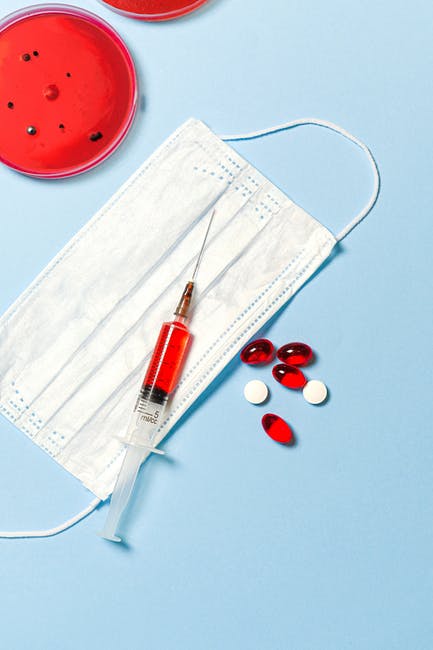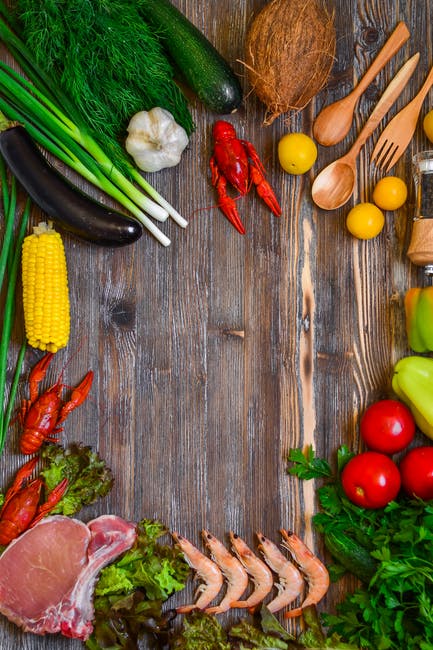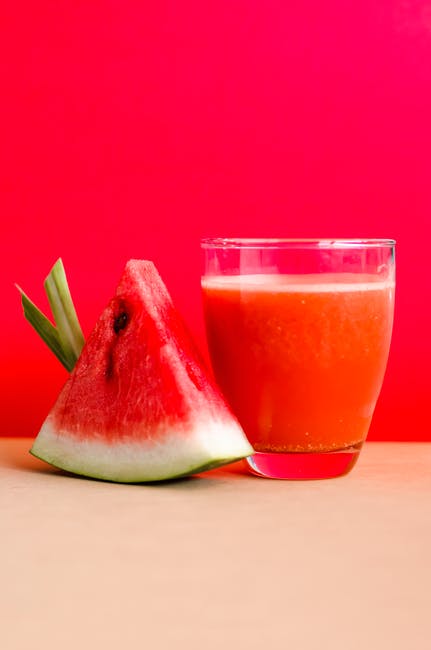According to the World Health Organization (WHO), over two billion people suffer from micronutrient deficiency.
Anemia, for example, affects around 43% of children globally. More than 190 million preschool-age children are vitamin-A deficient, according to experts.
This nutrient deficiency is expected to increase in the coming years. Now, what can you do to be healthy? Good questions, and this simple guide can help. Read on for more information!
Base Your Meals on High Fibre Starchy Carbs
A lot of dieting plans have been creating noise over the internet. But what is the best option? Fiber-rich meals are effective and safe. Popular options include wholewheat pasta, potatoes, brown rice, and more.
For every meal, make sure to include one starchy food. But are they fattening? No. For every gram of serving, it only contains a minimal amount of calories.
Never Avoid Veggies and Fruits
Experts say that a person needs at least five portions of fruit and veg daily. However, it is costly and difficult. The trick here is to take advantage of canned fruit or vegetables. While it is nutrient-packed, it is also competitively priced.
Aside from putting bananas over your cereal, you can prepare vegetable smoothie or juice. But reduce the sugar and other ingredients to protect your diet and physique.
Don’t Underestimate the Power of Fish
Aside from fiber, we need protein. Meat like pork and beef is common sources of protein. Fish is another perfect alternative.
Apart from protein, it contains many minerals, vitamins, and other components.
It’s recommended to take a maximum of 2 portions of fish per week. You can also include one piece of oily fish into your diet.
Oily fish, on the other hand, is rich in omega-3 fats, which is good for the heart.
Oily fish includes salmon, mackerel, trout, pilchards, herring, and sardines.
Non-oily fish consist of haddock, hake, plaice, skate, coley, tuna, and cod.
As much as possible, choose fresh fish. But if you have a hectic schedule, you can consider the canned and frozen option. Since it is high in salt, your consumption should be in moderation.
Reduce your Sugar and Saturated Fat Intake
Foods high in sugar increase tooth decay and the risk of obesity. If consumed beyond the recommended amount, you would surely gain weight.
Over time, you would be more prone to diabetes, hypertension, and other diseases. As early as now, limit your sugar intake. You can also consume fizzy drinks, alcoholic drinks, breakfast cereals, chocolate, cakes, puddings, and biscuits. But everything should be in moderation.
Aside from sugar, saturated fat can also increase the cholesterol in your blood. For men, the recommended dosage is only around 30g a day. For women, it’s 20g of saturated fat every day.
Saturated fat is high in meat, sausages, pies, lard, hard cheese, butter, biscuits, cakes, and cream.
When looking for a healthier alternative, use a small amount of olive or vegetable oil.
If you are preparing meat for lunch, choose lean cuts. Then, remove all visible fat.
Eat Less Salt
Eating much salt can also increase the risk of blood pressure. People with hypertension are likely to acquire any serious heart complications.
Of course, you can not add salt to your food. But don’t relax. Some foods you eat still have a high amount of salt. These include bread, breakfast cereals, sauces, and soups.
The trick is to read the food labels. If the sodium is at 1.5 g per 100g, pause and think. They are high in salt.
Now, how’s your experience? Is there a change in your nutrition? Don’t be afraid to share your story in the comment section down below. You could be an inspiration to others.




















